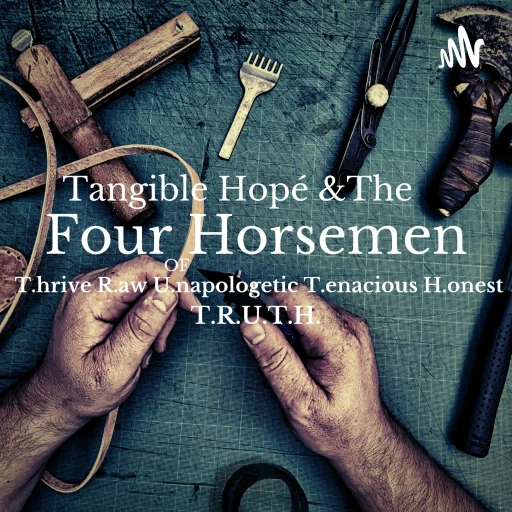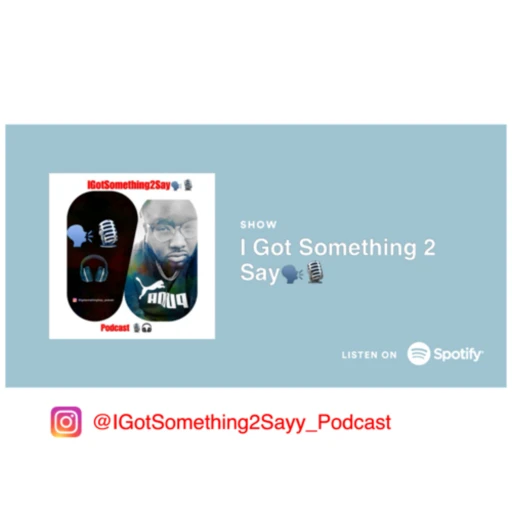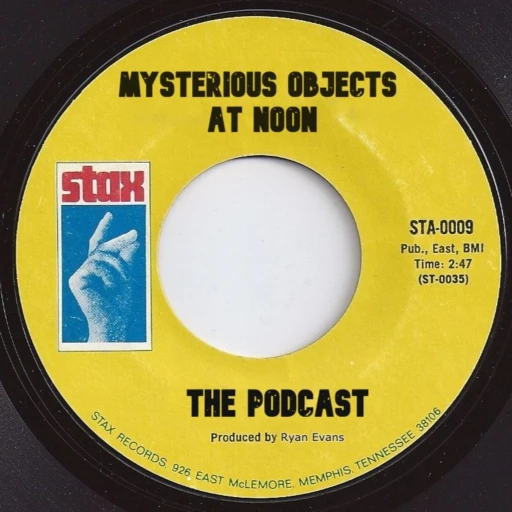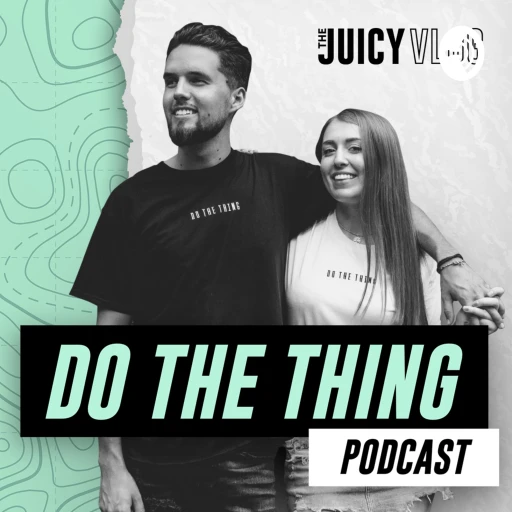This is the Fearless Portraits Podcast, a collection of women who are leaders, innovators, and trailblazers. Some of them are well-known, some of them are obscure. All of them worked to make a difference in the world. In each episode, we’ll learn the stories of amazing changemakers in the time it takes to drink your morning coffee. The Fearless Portraits Podcast is hosted by Dan Landau, a New Jersey-based visual artist who repurposes maps and other items with ink drawings and intricate papercutting to create portraits of people and things. “That’s the history of the world. His story is told. Hers isn’t.”
– Dolores Huerta
American labor leader and civil rights activist
I want my daughters to pursue lives where anything is possible and they can be whatever they want to be. But if they never see someone like them do it first, how will they know it’s an option for them?
After all, if they can see it, they can be it.
I realized one day that I could only think of one female scientist—the chemist and physicist Marie Curie. Likewise, for other fields, I knew of one or two famous women and that was it. Or sometimes I had never heard of women in the field at all.
I grew up reading history and later got a degree in it. I did notice the texts I read centered on the life and exploits of white men, but I didn’t think much of it at the time. History was that. His story. And I didn’t really question it. But why should it be that way?
For example, in the United States’ origin story, there are the Founding Fathers (no mothers) and the stories of the nation forged in revolution include great armies of great men facing off against each other—Generals George Washington and Nathaniel Greene against Lords Howe and Cornwallis. There was the Swamp Fox Francis Marion, Nathan “Give me liberty or give me death” Hale, Light Horse Harry Lee, the Marquis de Lafayette, John Paul “I have not yet begun to fight” Jone, and so many more.
In the popular narrative of the American Revolution, there were apparently only two women involved in the whole of the war—Abigail Adams and Betsy Ross. Ross sewed a flag and Adams was noted for how much she did in a time when women often didn’t. Even the side-switching Benedict Arnold gets more recognition than the many women who contributed in ways large and small.
The women whose stories I’m telling in this podcast are not perfect. These women worked to change the world in some way and that’s what this podcast celebrates.
I had three criteria for inclusion in this project:
– A photograph of the woman. I wanted to show images of what these people actually looked like. It helps make the story real to see their actual face, instead of an artist’s guess of what some ancient person may have looked like. From these photographs, I then drew their portraits onto maps that give context to their stories. Unfortunately, this means women who did great things before photography was invented aren’t represented here. Doesn’t mean they weren’t amazing also.
– A few known facts about their life to weave together into an interesting story. Even better, a story that isn’t well known. A lot of people learn about Marie Curie in school. She is the token female scientist. But what about other women in science? I wanted to showcase stories of women in many fields who haven’t had as much (or any) recognition for their accomplishments.
– A quote from them or about them. I really wanted to include at least a few words from the subject in their story. Seeing a person’s face and hearing their words makes a long-dead historical figure come alive.
So many great women couldn’t meet even these simple criteria because no one had deemed their stories worth recording. Their photos were not taken, while their male contemporaries were. Their words were not recorded, while men’s were. Their stories were not passed down, eclipsed and sometimes actively replaced by men’s stories. These problems were most acute among women of color, as they faced the double prejudice of misogyny and racism, so only a sliver of their full story could squeeze into the historical record.
It frustrated me when I couldn’t tell someone’s story in their own words. That not even one sentence of their voice was recorded and I had to resort to the words of men around them to describe who they were and what they felt.
This collection of stories is my small effort in recognizing the accomplishments of women throughout history and the present day. Researching these women has been an education for me and the result is a demonstration to my daughters and girls everywhere of what is possible for them to achieve.
Music:
This episode contains music by Geovane Bruno.
Categories: Arts, History, Society & Culture


















